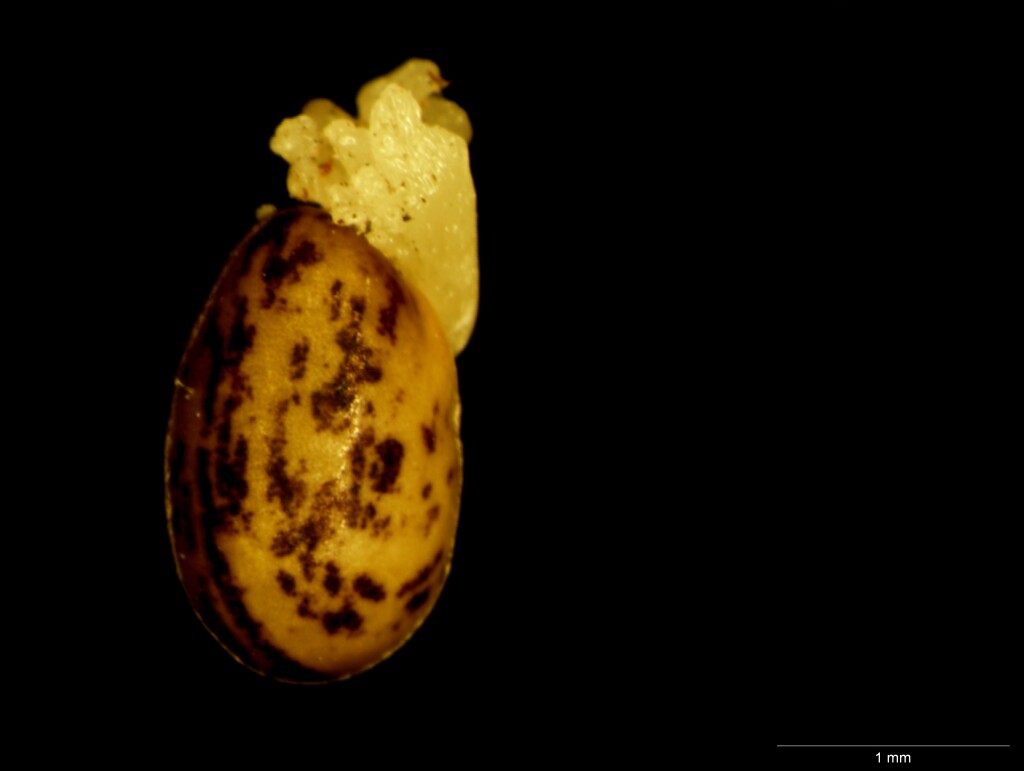Pultenaea prolifera
H.B.Will. Otway Bush-peaErect shrub to 1.5 m high; branches long, often pendulous; stems terete, covered with loose, pale hairs. Leaves linear, terete, 4–10 mm long, 0.5–1 mm wide; apex obtuse; lower surface scabrous with pale, tubercle-based hairs; upper surface, if visible, glabrous; stipules lanceolate, 1–3 mm long. Inflorescence of 1 or 2 axillary flowers at tips of short, lateral shoots along branches; bracts broadly ovate, 2–3 mm long, hairy, margin filiate; calyx 4–6 mm long, lobes broad, hairy, tube hairy at base; bracteoles attached at base of calyx tube, broadly ovate, 3–4 mm long, hairy, margin ciliate; standard 8–10 mm wide. Pod ovate, hairy, enclosed by calyx. Flowers Sep.–Oct.
GleP, Brid, VVP, OtP, WaP, WPro, OtR. Confined to a few scattered, near-coastal localities in the west, including Portland area, Chapple Vale and Angahook state Park, usually in the heathy understorey of Eucalyptus baxteri or E. obliqua open-forest.
In the Portland area P. prolifera is sometimes confused with P. hispidula but may be readily distinguished by the presence of 1–3 persistent, broad, brown bracts and broadly ovate bracteoles. Pultenaea hispidula lacks bracts, and the bracteoles are lanceolate, often leaf-like and stipular in Portland populations. Dried specimens of P. prolifera have been confused with P. prostrata which also has broad brown bracts and bracteoles, but the calyx of P. prostrata has long lobes tapering into slender, acute tips, whereas the calyx of P. prolifera has short, broad lobes.
Corrick, M.G. (1996). Pultenaea. In: Walsh, N.G.; Entwisle, T.J., Flora of Victoria Vol. 3, Dicotyledons Winteraceae to Myrtaceae, pp. 765–793. Inkata Press, Melbourne.
 Spinning
Spinning